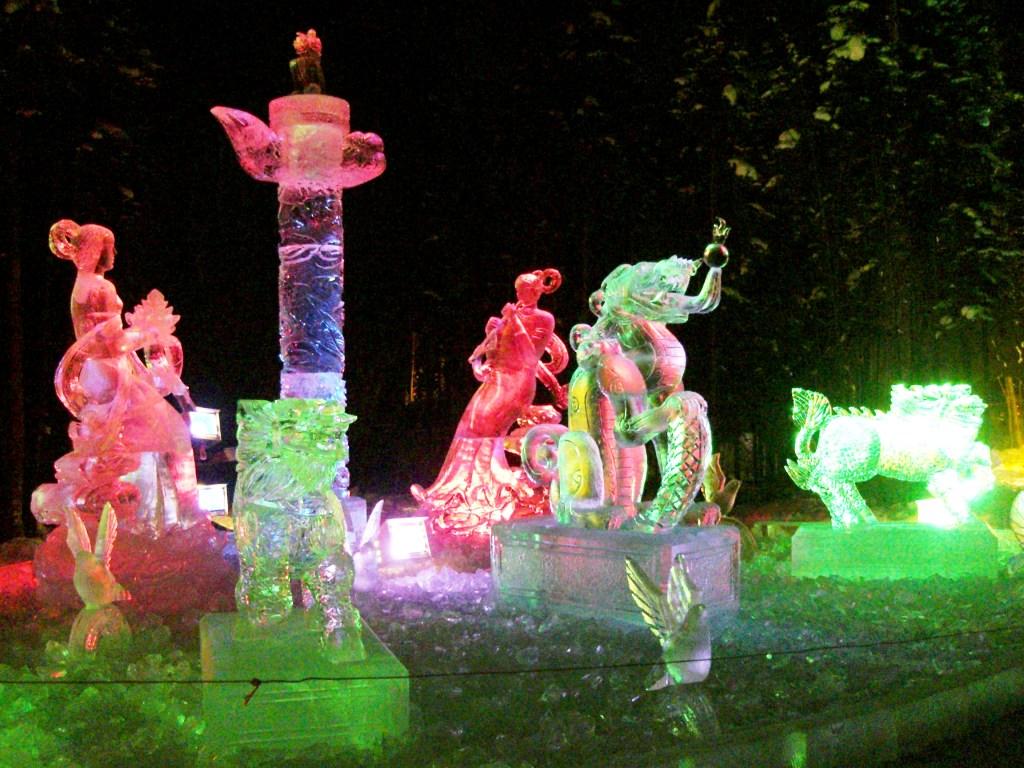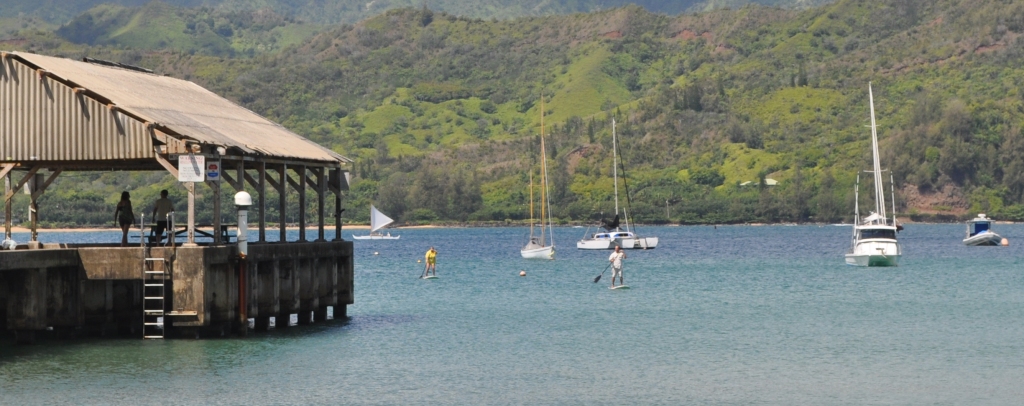They told us to start simple, but nothing seems quite simple enough. Along with a fellow journalist, I am participating in the non-competitive, open, amateur division of the World Ice Art competition in Fairbanks, Alaska. This is as close I’ve ever come to participating in a World Championship anything, and the words non-competitive, open, and amateur notwithstanding, I can’t even seem to get to the starting line.
In Your Bucket Because…
- I can pretty much guarantee that you’re going to win the next traveler’s tales “can you top this” competition.
- It’s a chance to try out a new art form almost shoulder to shoulder with the best in the world.
- Good for the creatively inclined. It also helps if you like deep-freeze temperatures.
The task we have before us as we stand outside in way-below-zero-degree temperatures (that would be Fahrenheit) is to turn a 3,000 pound block of ice into something resembling, well, anything at all other than a block of ice. The last time I sculpted anything was in junior high school — a clay bunny, as I recall. Clay is malleable and if you mess up, you smoosh it back together and start over. Whereas the ice block in front of us is austerely hard, and the tools we have to work with — blow torches, hammers, screw drivers, chisels, a power drill, a clothing iron, and even a chain saw — don’t seem like something you’d want to mess up with.
I try to remember what I’ve heard sculptors say, something about how the piece emerges from its casing, revealing itself as you work. It sounds very sensible and very artistic. It doesn’t help.
“Maybe we could just say it’s a refrigerator?” I suggest.
The Competition
Here’s how it works: Front-end loaders and cranes haul blocks of ice the size of your basic pick-up truck out of a nearby lake. The blocks are chopped into more manageable sizes, say, as big as a commercial refrigerator. Blocks are distributed to competitors, who hail from places as unlikely as Monaco and Mexico, Mongolia and Malaysia, as well as to amateurs who are taking their first turn at the sport, aided by a day-long class to teach them the basics, the use of tools, and how not to chop off a limb with a chain saw.
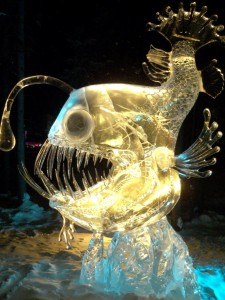
In the “real” single-block competition, two-person teams have three days to turn a 7,800 pound block of ice into something else. Competitors can enter in either of two divisions. In the realistic category, the sculptures are representational: animals, people, flowers, or fantasy figures. In the abstract competition, the category expands to include anything the sculptors can dream up.
In the multi-block event, the teams have six days to turn ten 4,400-pound ice blocks into sculptures ranging from a single massive piece to entire stage sets filled with multiple characters. As in the single block competition, there are two subdivisions: realistic and fantasy. The teams have a proscribed amount and type of help using heavy machinery to lift the blocks into place. After that, they are on their own. Judging criteria include creativity and execution, along with how well the competitors have used all their ice.
There is also a juniors event for high school students, who also work in teams of two.
Taking a break from my labors, I walk around the park, amazed at the delicate sculpting and the flights of fancy. Entire worlds are being created in the multi-block competition, with whole casts of characters. In the single block competition, the level of detail is exquisite, extending to the strings on a violin and the teeth on a fish. It seems a shame that, like sand paintings, these works are ephemeral; they will last only as long as nature allows.
Back to the Drawing Board
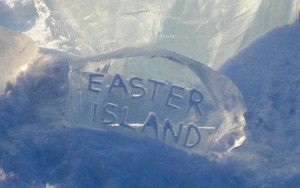
I leave the real competitors to their fairytale stage sets and delicate art works, and return to my ice block, which still looks very much like a block. My partner and I have settled on creating an Easter Island head. After all, Easter Island heads look kind of like blocks, don’t they? Well, blocks with eyes and noses and lips, but how hard can that be? We set to work, carving on the diagonal so that the nose is already in place. Just to make sure, we hack off a small rectangle of ice. Using a drill, we carve the words “Easter Island” on it, and prop it at the base of our head. Just so people will know.
I’m encouraged when some spectators walk by, point to us, and say, “Oh, look, Easter Island!” But when I look over to smile, I see that their glances are alternating between our little sign and our big block of ice, and they look a bit confused.
The Ice Park: Fairbanks’ Winter Wonderland
Visitors can watch the competitors (and us non-competitive amateurs) as they work on their creations. The ice park itself is a playground made of ice, complete with ice slides, ice rides, an ice maze, an ice rink, and life-sized ice sculptures of favorite animals, popular characters, and toys to touch and climb on.
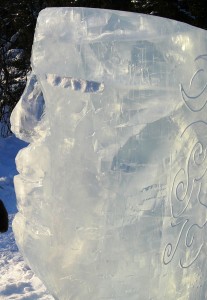
The final night is the awards ceremony, which showcases the art by lighting the park and all the sculptures with colored lights. It is a winter wonderland of ice-fueled imagination. The winners are announced. Our Easter Island head sits in a corner, attracting the occasional glance. No one seems impressed, but on the positive side, no one snickers.
The next day, I’m out ice-fishing when a group of the real ice art competitors — one of the winners among them — shows up at the lake with fishing line and hibachi. We fall into conversation and share some grilled fish, and I show the winner a picture of our Easter Island head.

“A face!” he exclaims. “Very good. Look, and there are even eyebrows!” He pours us both shots of vodka into drinking utensils that are fact frozen daffodils, and we toast. It is easily the proudest moment of the competition.
Practicalities
- The event runs from late February though most of March.
- Expect temperatures well below freezing, and often below zero. Be aware of signs of hypothermia, especially in children, and wear warm clothes and boots. Chemical hand and foot warmers are a smart thing to have in your pockets
- If you plan to participate, you’ll have to take the class. Book in advance.
- Don’t miss the ice park at night. The colored lights turn it into a magical fantasy land.
This article was first published in 2012, but the competition continues to be the biggest event of its kind, and amateurs are still welcome to participate. Checked, updated, and republished in 2020
